In mid December of 2013, Jennie Kelley and I decided it was finally time for a FRANK theme that we had been toying with for more than a year: Bread. Homemade bread has been an integral part of our menus at FRANK since the very beginning, and diners always tell us that our homemade bread and homemade butter, though simple, is one of the highlights of their meals, and more than one had suggested we do an entire bread and butter menu. We certainly knew that a menu consisting ONLY of breads and butters would never fly…but could we create a menu focused on incorporating a variety of breads in creative ways that would actually WORK? That wouldn’t be too heavy. That would be intriguing enough to impress our FRANK diners, many of whom have been trying to get reservations for nearly 2 years.
We hit the internet to see if any other chefs have explored similar themes at their restaurants, and we came up empty handed. Which was exciting…and scary. But pioneering new territory has always been a hallmark of FRANK, so we knew we had to do it.
Before we even started formulating the menu, the first task was clear. We normally make our FRANK bread with commercial yeast, but a menu exploring the far reaches of bread baking would HAVE to include primarily wild yeast, or sourdough. I’ve maintained many sourdough cultures in the past but with my intense travel schedule, I usually ended up letting them die or giving them away. And with our commitment to local foods, using a sourdough culture from somewhere else, like San Francisco or Italy or Egypt was out of the question. We’d have to create a local wild yeast culture from our air here in Dallas. We started using Peter Reinhart’s method from The Bread Baker’s Apprentice, which involves minimally processed rye flour (which still contains the wild bacteria that grows naturally on grains in the field) and pineapple juice (which controls the naturally-occurring leuconostoc bacteria that can fool you into thinking you have a strong sourdough culture). It took 4 days to get started, but soon we had a thriving, bubbling sourdough culture:

The menu itself took nearly a week and a half of hashing out and experimentation to get right. But we got it:
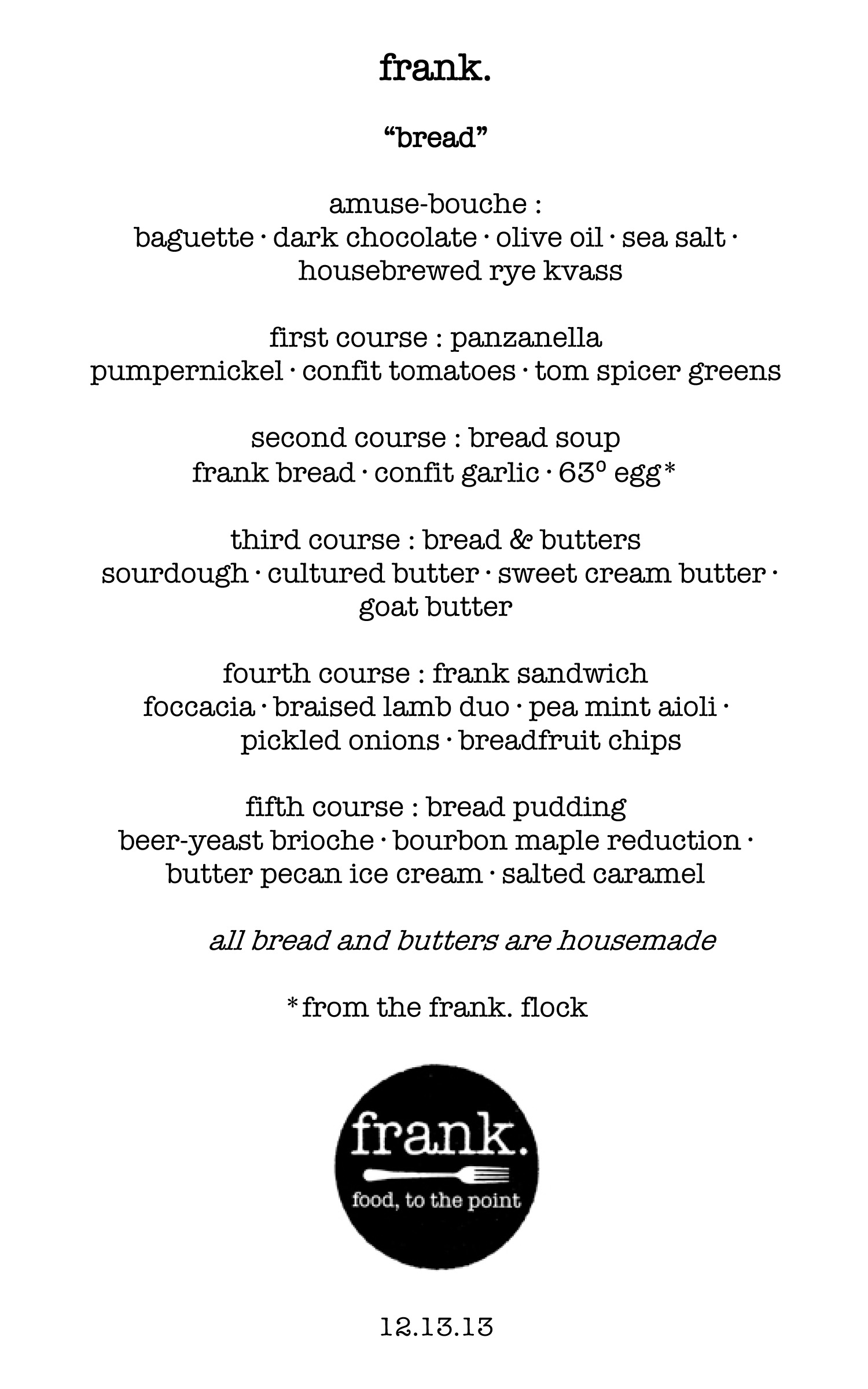 The first course (amuse bouche, or welcome bite) was simple but unheard of. A toasted crostini of sourdough baguette sprinkled with shaved dark chocolate, cold pressed olive oil, and sea salt. Served warm, so that the chocolate just started to melt. We normally serve the amuse bouche with champagne, but since the theme was bread, we needed to have some sort of bread-based drink, and that was an easy one. Kvass. A drink that is as popular in eastern Europe as Coca Cola is here in the US. It’s made commercially there, but most people make it at home with their leftover stale rye bread. You save your leftover bread for a few weeks, letting it go stale, and then you put it in the oven and burn the crap out of it. (Since most kvass is made from rye bread, I, of course, baked some sourdough rye specifically to make our kvass.)
The first course (amuse bouche, or welcome bite) was simple but unheard of. A toasted crostini of sourdough baguette sprinkled with shaved dark chocolate, cold pressed olive oil, and sea salt. Served warm, so that the chocolate just started to melt. We normally serve the amuse bouche with champagne, but since the theme was bread, we needed to have some sort of bread-based drink, and that was an easy one. Kvass. A drink that is as popular in eastern Europe as Coca Cola is here in the US. It’s made commercially there, but most people make it at home with their leftover stale rye bread. You save your leftover bread for a few weeks, letting it go stale, and then you put it in the oven and burn the crap out of it. (Since most kvass is made from rye bread, I, of course, baked some sourdough rye specifically to make our kvass.)
Once your bread is burned, you put it in a big pot with water and bring it to a boil. There are as many recipes for kvass as there are eastern Europeans, and some added ingredients can be quite unusual. We chose to add golden raisins and molasses, and nothing else. Some add beets, a variety of fresh and dried fruits, sugar, honey, etc.
After a brief boil, you strain out all the soggy bread, pressing down to get all the liquid out. And now you’ve got a dark, fragrant, bready, thick liquid that is ready to be fermented. The make-at-home methods generally involve adding either commercial bread yeast or sourdough culture. We chose a little of both.
Since you’re dealing with a sugary liquid FILLED with fermentables, sanitation is incredibly important when making kvass, or you might end up with something truly foul. But keep everything neat and clean, and only inoculate with the yeast you want working in your fermentation, and the next day you’ll have a nice foamy head of “krausen” on your kvass, as the yeast are eating up all the sugars and converting them to alcohol. Homemade kvass tends to get “drier” and more sour with each passing day until it practically becomes vinegar, but eastern Europeans have developed a taste for this. Our FRANK diners, however, would not. So we stopped fermentation on the second day with wine sulfites, when the kvass was still slightly sweet, with deep flavors of molasses, toast, and yeast. Then we carbonated it and chilled it, to be served on tap to our guests with their chocolate crostinis. It was a LOVELY pairing of flavors, and not a single one of our guests had ever tasted kvass before, so it was a lovely surprise. (Two guests out of the 3 nights said the kvass was their single favorite item at FRANK!)
The one item on our menu that was “easy” to conceptualize was the salad: panzanella…that traditional Italian salad of big toasted croutons with tomatoes and fresh veggies. The only problem: it’s December and there are no good tomatoes to be had in Texas. But in the dead of winter, when July tomatoes are only a distant memory, Jennie and I both love making confit tomatoes from the basic hothouse Romas you can get year round. You slice Romas in half, drizzle them very generously with olive oil, season lightly with salt and pepper and dried thyme, and you cook them low and slow for hours, which concentrates their flavors and sugars. You don’t take them as far as a sundried tomato, which I actually don’t like at all…they are too syrupy sweet, and I don’t like the chewy texture. Confit tomatoes are still tender and full of juice, but they taste like 50 tomatoes crammed into your mouth at one time. Tomato problem solved, we baked up some dark, rich pumpernickel bread to make the croutons with, which is definitely NOT traditional, but would be perfect for this cold winter version of a traditional summer dish.
Pumpernickel is a very old type of rye bread from medieval Germany, and the word itself refers to a very course grind of rye flour. The bread was traditionally cooked at very low temperatures for a very long time, which caused all the sugars to caramelize, resulting in the dark color. In modern times, the recipe was modified to include ingredients that contributed not only the dark color, but deep rich flavors. (ie, chocolate, molasses, and espresso) Because pumpernickel is a heavy, coarse dough, you can’t rely solely on sourdough culture to rise it beautifully. In fact, very few pumpernickels these days have ANY sourdough in them. But our pumpernickel relied primarily on sourdough culture, with a half teaspoon of commercial yeast to give it a little extra bump. It turned out fabulous.
And while we’re on the subject of breads, we ended up baking 7 different types of bread for the menu, and at one time, there were bowls of starters and barms and poolishes and bigas (all different types of yeast starters for various types of breads) all over our kitchen:
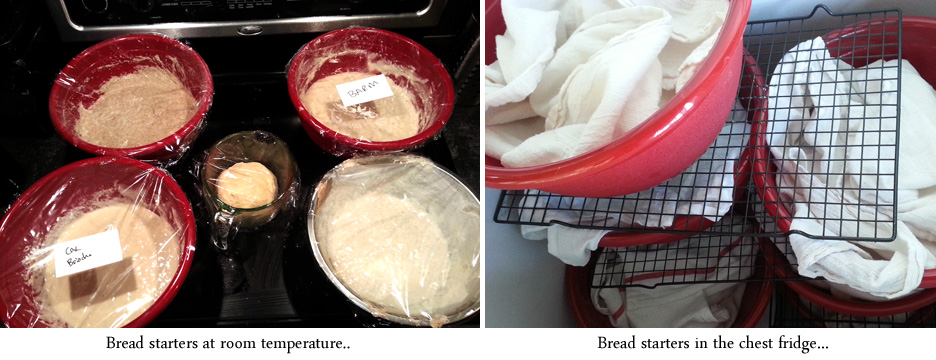 By the time preparation was in full swing, the place looked practically like a bakery, with homemade baguettes and boules and loaves everywhere:
By the time preparation was in full swing, the place looked practically like a bakery, with homemade baguettes and boules and loaves everywhere:
Now time for soup, and it had to be epic, because we’re on this track record of the majority of diners saying our soups are their favorite course. I call Jennie the “soup whisperer” because she’s so good at sussing out amazingly complex and perfectly harmonious flavors in soup. And I usually ask her to completely take the lead over the soup course. But for months I had been dreaming about a garlic soup. I had never had a good one. But I knew it was waiting to be created and put on the table at FRANK. Precious few ingredients. Mostly roasted garlic. A little stock. And thickened with toasted bread, a very old classical method for thickening soups and sauces. Jennie listened to me, a bit puzzled, but she heard me out. I told her I’d provide her with a metric ton of roasted garlic puree, and the rest was up to her.
What she created was nothing short of miraculous. A simple soup of roasted garlic and chicken stock, thickened with our traditional FRANK bread toasted in garlic-infused olive oil, served with a shell-poached egg. And, in true FRANK fashion, it was the runaway hit with the majority of our diners each night. The texture you get from thickening with bread, rather than a roux or a cornstarch slurry, is downright sinful. Like satin on your tongue. Of course, it takes a good 10 minutes in the Vitamix to get everything emulsified and smooth, but none of us had ever tasted a soup that decadent before. All thanks to bread.
There was one other component to the soup that truly made it over-the-top, despite its simplicity. The 63 degree shell-poached egg. This preparation method was brought to light by food scientist Harold McGee, and is now the darling of sophisticated restaurants around the world. Egg proteins begin to coagulate (ie “cook”) at around 63 degrees Celsius, or about 145F. But for centuries, we have cooked eggs right at or just below the boil (200-212F), whether we were boiling or poaching. ie…WAY too hot. ie…resulting in overcooked egg proteins, even if we only left it in the water for such a short time that the yolk was still raw, as in poaching. But even a poached egg is nothing more than overcooked white and raw yolk. The solution is to cook the egg at its proper cooking temperature, 145F, for a longer period of time, so that it cooks properly and evenly. Poaching it inside its shell. In theory, you can cook the egg for an infinite period of time at this coagulation temperature and it would NEVER overcook…though 1 hour is sufficient to cook it through all the way, and any longer is just a waste of energy. At FRANK we’re fortunate to have the top-of-the-line model of immersion circulator, the PolyScience Sous Vide Professional, which we picked up used on Craigslist for a song. (They can run well over $1k, and are the go-to model for high end restaurants.)
The immersion circulator holds a water bath at a VERY precise temperature, accurate to 1/10 of a degree Celsius in this case. So making shell poached eggs is as easy as setting the temperature, dropping the eggs in the water, and walking away for an hour. When we return the eggs are not only cooked, they are pasteurized, so we pop them in the fridge and they’re good for days, and just need to be briefly rewarmed just before serving. Then you simply crack a perfectly poached egg right out of its shell:
It nearly makes me cry every time, it’s so simple and so perfect. At FRANK we chose to follow the advice of the legendary master chef Joel Robuchon, and cook our eggs at 63.5 degrees Celsius, rather than 63 degrees. The texture is slightly firmer, but would work better if the egg was floating in a soup, like ours was. And let me tell you…if you’ve never eaten a 63 (or 63.5 degree) egg, you’ve actually never eaten a properly cooked egg. And you don’t know what you’re missing. The entire egg has the consistency of a delicate custard…creamy, silky, rich, and infinitely sinful. Here’s a picture of us cutting into one on our staff breakfast plate:
Tell me you don’t wanna eat that RIGHT NOW. For those of you, like me, who lust after the runny yolk of a perfectly poached egg, the 63 degree egg doesn’t offer you that. (Though it could with the proper cooking temp and time.) But once you’ve had a custardy yolk like this, you might never want another runny yolk again, because it’s EVEN BETTER. We’ve served these eggs at 2 FRANKs now, and I’ve served them at a different underground dinner to a crowd of 30, and you just wouldn’t believe people’s reactions. How can something as simple as an egg be so revealing for people? Yet no matter what else we put on the plate…half pound prawns, fresh black winter truffles, USDA prime short rib braised to mouth-melting perfection…STILL, people find the 63 degree egg to be the most memorable bite of the night.
Of course, the eggs were from my ladies, which means they were the best eggs in the world to begin with!

After the soup course it has become tradition at FRANK to do a palate cleanser course, typically a sorbet. But this was bread FRANK, and we had to do something different. So we decided to offer up a butter tasting of 3 different housemade butters, served up on the “best bread on planet earth,” a slow-fermented sourdough loaf seconds from the oven. We made 3 different butters: our traditional sweet cream butter, made from churned cow’s milk cream and lightly salted…a cultured butter, more typical of European tables, in which we inoculate cow’s cream with lactobacillus cultures (the same used in making yogurt and buttermilk) and let the milk set overnight at room temperature, then we churn and salt the butter, resulting in a tangy, fluffy textured butter…and a true rarity: goat butter. Making goat butter is not easy, which is why you’ve probably never even heard of it. Cow’s milk comes out of the cow and separates very quickly into cream and milk, with the cream rising to the top. Goat’s milk is naturally homogenized, meaning the fat particles are much smaller than in cow’s milk, so the cream stays dispersed in the goat’s milk for much longer. But if you wait a few days (during which time the goat’s milk naturally cultures itself, provided it’s raw and unpasteurized), a few Tablespoons of cream can be skimmed from the top of the milk. The next day, another Tablespoon. And the next day, another. After a week of skimming, you might get 1/4 cup of cream from a gallon of goat’s milk. And if you use enough gallons, you’ll get enough cream to make butter. We get our goat’s milk from an extraordinary dairy a few miles from my house, Latte Da. This tiny family-run farm is so good to us, always providing us with milk at the last minute when we’re suddenly gripped with the urge to make cheese for FRANK. We ordered several gallons of raw milk from them a week before FRANK, and gleaned JUST enough cream to churn out a rich, decadent cultured goat butter. The goat butter won out each night as the favorite, but only by a few votes over the cultured cow’s butter. Though the diners clearly favored the fresh-from-the-oven sourdough bread, fermented slowly over a period of 2 days to produce a buttery, tangy bread with a shattery, glassy crust. The miracle was that the bread had only 3 ingredients in it: flour, water, and salt. The yeast came out of the air. If you’d like to learn how to make the best loaf of bread on planet earth, the recipe is here. Just beware…it will ruin all other breads for you for the rest of your life.
Then it was time for the main event. Jennie and I have always wanted to work up the guts to serve a sandwich as the main course at FRANK. It’s kinda hard, when your suggested donation is $100 per person, to serve someone a sandwich. Unless it’s a truly epic sandwich. The sandwich to end all sandwiches. And if the menu is bread, it kind of follows that the main course should be a sandwich. So we made one. Lamb shoulder. Braised low and slow for 8 hours with parsnips and onions and garlic and shallots, until it melts away when it hits your tongue, bathed in a mouthwatering gravy reduced from the braising liquid. With housemade pickled red onions, and a fresh pea-mint aioli. On sourdough focaccia, of course. Focaccia dough is actually stretched, not kneaded, which produces its characteristic chewiness and giant air bubbles:
Then, after a long cold fermentation to develop flavor, it is baked in a sheet pan with lots of olive oil, so it essentially fries to a crisp on the top and bottom sides.
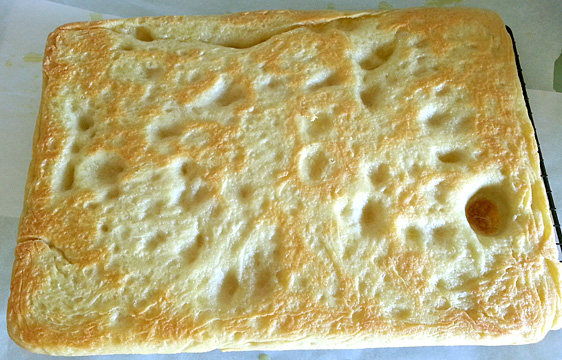
It took all my self discipline not to devour every bite of this stuff when it came out of the oven. This formed the base of an open-faced sandwich so scrumptious that, even after 4 other courses of bread, our diners cleaned their plates. We served the sandwich with a curiosity…chips made from breadfruit. Not actually bread, of course, but a starchy fruit that is common in tropical climates, and a fun way to liven up the theme.
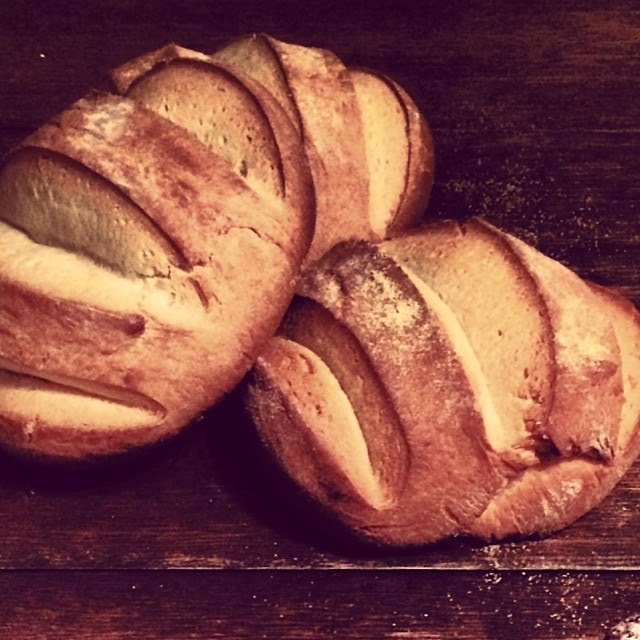
Then…dessert. And what else but a bread pudding? But every restaurant on the planet has a bread pudding on the menu. It’s pedestrian. Boring. Ours would have to be epic. Which means it had to start with an epic bread. Brioche, of course. But not any ordinary brioche. A brioche leavened with beer yeast! I had a batch of pumpkin IPA just finishing up in my secondary fermenter, and the bottom of the jug was layered with thick, pure beer yeast. I inoculated some flour with it, and in no time it was bubbling away, just as if it was beer wort. This, combined with pounds of butter and eggs from my chickens resulted in the most delicious brioche I’ve ever tasted. The perfect base for our bread pudding, which we soaked in a reduction of bourbon and maple syrup and drizzled with vanilla bean salted caramel. And those flavors just begged us to repeat a dessert component that always gets screams of approval at FRANK, our butter pecan ice cream. We don’t usually repeat recipes at FRANK, but when one is as popular as our butter pecan ice cream, we like to surprise our guests with it. In this case, we used the leftover raw goat milk after making the butter as the base for the ice cream. Two of our lucky diners had been at a previous FRANK where we served the same ice cream, and just as I was about to apologize that they were getting a repeat component, they shut me up and said that they STILL talk about the butter pecan ice cream to this day, and they’d like to take home some if there was any extra, thank-you-very-much.
Another very special aspect of the ice cream is that it was churned the TRULY old fashioned way…with snow from the epic ice storm that had gripped north Texas the previous weekend! In fact, before the age of refrigeration, ice cream was always a winter treat, because no one had access to ice unless it fell from the sky or temperatures were low enough to freeze ponds or buckets of water set out on back porches. So I simply chipped ice off my back porch and filled the ice cream maker with it, and churned up some old-fashioned winter snow cream:
Two nights of this unique bread menu passed with rave reviews, and our final Sunday seating approached. Normally a Sunday seating is a breeze for us, as we’ve worked through the menu twice already, and both we and our servers know exactly what to expect. So Sunday nights are easy, like falling off a log. In fact, Sunday night is when we take all our beauty shots of each course, because we have extra time, and you’re about to find out why there were no photos of plated dishes in this blog…
At 7pm, our phones ring, signalling the arrival of our first diners downstairs. We buzz them in, tug on our chef coats, pop kvass bottles, and prepare for service. 90 seconds later, the power goes out. Dead. I scramble to look out the window. And it looks like the whole city has gone out. Grid down. FRANK unplugged. But our diners! They must be trapped in the elevator! I dash out into the hall and holler into the shaft “HELLOOOOO!”
“We’re okay,” comes the muffled response. But I can tell they’re closer to the 2nd or 3rd floor, so I dash down a few.
“Can you hear me?” I holler, pressing my face to the doors.
“Yes, we’re fine!” comes the reply.
“The power is out to the entire neighborhood,” I dictate. “We’ll call the fire department to get you out.”
I’m wracked with nervousness. FRANK isn’t a normal dining experience. Our diners have no idea where the restaurant is until the night before they arrive. They’re instructed to go to a building of artists’ lofts, and the whole thing can seem very shady if it weren’t for our rave reviews on Yelp. Now at least 2 of them were stuck in an elevator on their way to a dinner with 16 strangers in somebody’s living room. This could very easily turn into disaster.
“No, it’s alright, really,” comes the muffled voice. “It’s so exciting!”
A British accent. It’s Louise and Karl, a young couple who have dined once at FRANK before. In fact, the ONLY couple on the guest list tonight who have experience FRANK before. Veterans! Thank God. “Happy Birthday, Karl!” I shout, as Louise had informed us that this was his birthday surprise. What a surprise!
I dash down to the lobby in time to greet no less than 6 firetrucks arriving to rescue Karl and Louise, and all our diners seem to arrive simultaneously…bewildered by the sirens and lights, probably feeling like they have made a very, very big mistake by entering the FRANK lottery.
“Welcome to FRANK, folks! The power is out to the whole neighborhood, but we have amazing food and booze upstairs, so follow me if you’re feeling adventurous!” I lead the group, ranging in age from mid 20s to mid 70s, up 4 flights of stairs. Our amazing servers have lit candles and are waiting with bottles of kvass and chocolate crostinis. A few moments later, Karl and Louise climb out the escape hatch in the top of the elevator and up a ladder to the 4th floor, and join us all abuzz that they’ve crossed something off their bucket list that they never imagined they’d cross off.
Jennie and I are nervous about pulling off a FRANK with no power. Much of the food is in a somewhat prepared state, but there is bread in the electric oven that has no doubt stalled in its crucial baking process, and heat is needed to finish and plate dishes. But we can tell the diners are all having the adventure of their lives as they mingle by candlelight and ask Louise about the sexy firemen, so we get everyone sat down around our massive communal table, and we begin preparing and plating by candlelight.
Of course, a few things got broken. A few fingers got sliced and burned. I dashed down to the parking lot to commandeer a gas grill from some resident in the building to make sure we could heat the main course and the bread pudding. An hour into service, the electricity came back on! And just when we had gotten all the candles blown out and moved all our stuff back upstairs to the stove…it went out again. Luckily, our diners were in good spirits (after several glasses of wine, of course!) and took it all with a grain of salt, and when the electricity finally came back on for good (just after serving the main course) they were actually a bit disappointed. What better than telling the story of your adventure at an underground dinner where the electricity went out and everything was prepared and served in the dark! AND, some folks got stuck in the elevator and had to be rescued by big, strapping firemen!
It was a stressful night, to be sure, but it completed one of the most challenging and rewarding menus we’ve done thus far at FRANK. I hope this gives you a little peek into how hand-crafted the FRANK experience is, and how much exhaustive work goes into it. FRANK is not a restaurant. Very few restaurants have the patience, staff, and capacity to create e-v-e-r-y-t-h-i-n-g from scratch like we do. But it’s our obsession. And we are crazy. And FRANK is our baby. So come join us sometime! It’s great fun.
To read more about FRANK, click here for a list of blog posts about our more interesting menus!
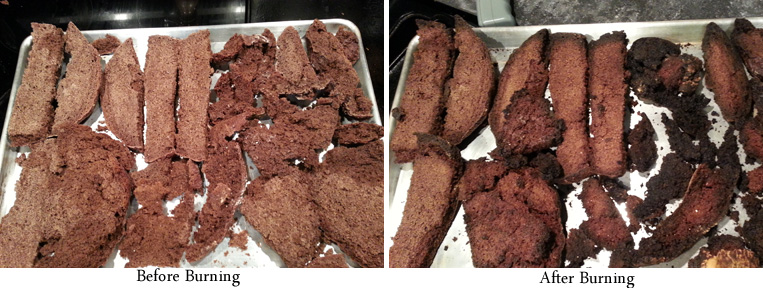
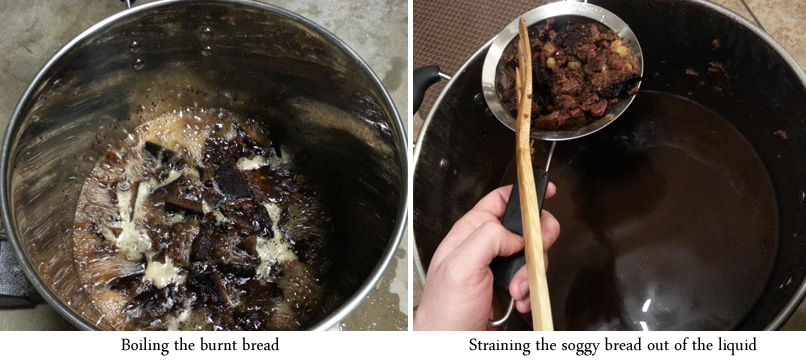
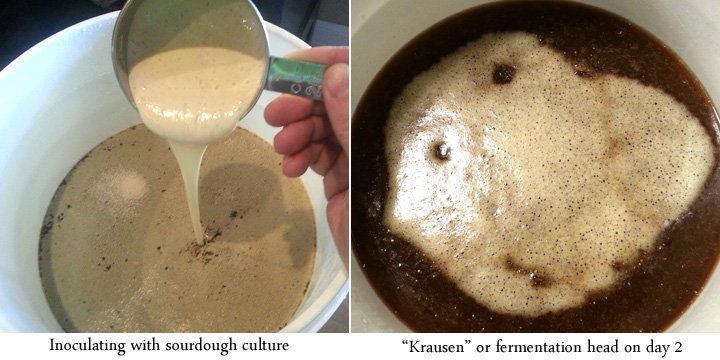
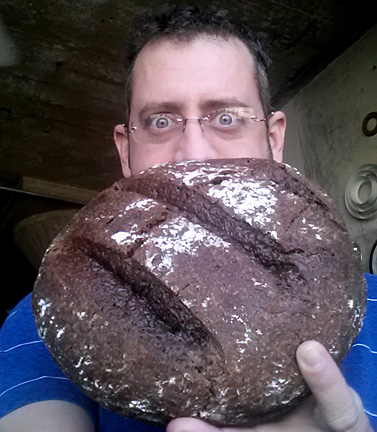
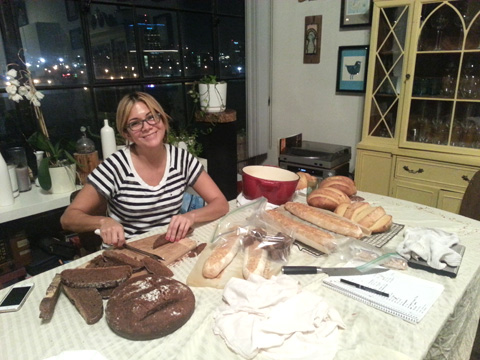
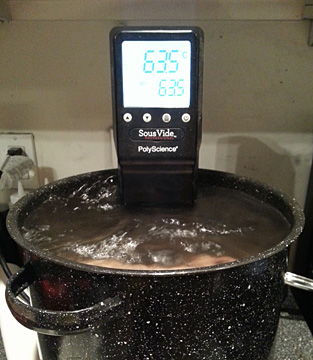
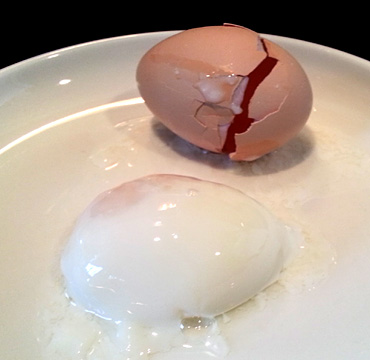
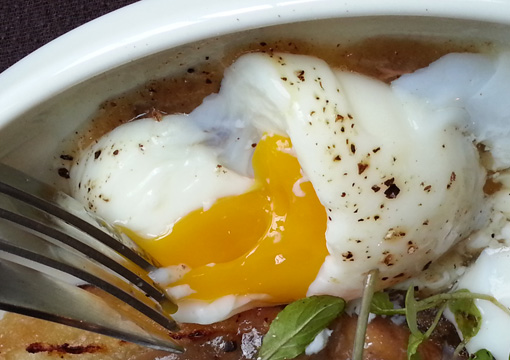

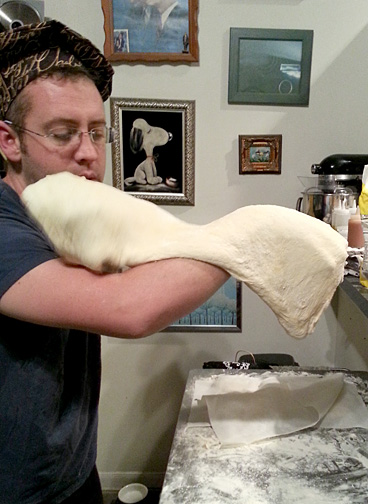

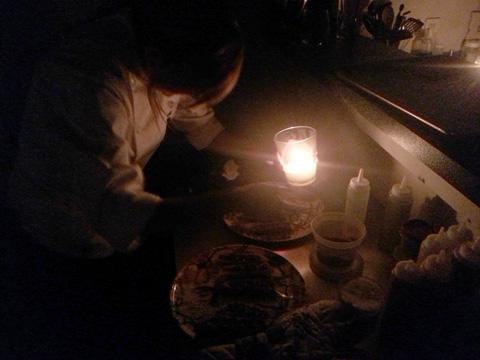

 This all looks and sounds SO good. Especially the Pumpernickel. SO yummy-looking!
This all looks and sounds SO good. Especially the Pumpernickel. SO yummy-looking!
Leave a Reply
You must be logged in to post a comment.